The mature pumpkin with its naked seeds looks like this, ready to make into a delicious soup.
|
We investigated the process for breeding naked pumpkins from Patricia's seeds. The hopeful farmer identifies a number of about-to-open blossoms and tapes them shut on the evening before they will open. Then, early the next morning, the farmer untapes the blossoms. She rubs the pollen from the male rod onto the female basket. If there are several candidate male blossoms, she uses them all. The more pollen the better! Then the female blossom is taped tight again to prevent any further bee helpers from carrying in wayward genetic material. This last year a local artist, Lou Cabeen, came out to help us. She tied a red-threaded chastity-belt onto our fertilized female blossoms. The blossom is tagged so that if a fruit sets, the farmer knows to save those seeds for planting the following year. Luckily, one carefully fertilized pumpkin in both 2017 and 2018 "set." Our vines produced many more pumpkins, but those fruits may or may not have been pollinated by other naked pumpkins. So we have enjoyed eating them, but haven't counted on them to grow next year's crop.
The mature pumpkin with its naked seeds looks like this, ready to make into a delicious soup.
3 Comments
In 2016 Patricia was given some seeds from an heirloom Eastern European pumpkin, one whose seeds lack an outer shell. Thus they are known as "hull-less" or "naked" pumpkins. The seeds can be eaten directly, without roasting or shell-cracking, and are high in protein and other nutrients. So, of course, we wanted to grow more of them! However, getting squash (pumpkins are a variety of squash) to "breed true" is a tricky process. Their flowers are flamboyant and attractive to pollinators. How does one prevent an industrious little bee that has just visited a zucchini plant from carrying zucchini pollen over to our naked pumpkins? And you can't tell from the fruit whether or not the seeds will make new naked pumpkins. You have to do your best to ensure that the right kind of pollen meets the right kind of blossom and then wait a full year to see if those seeds produce the kind of squash you want. The first step is to identify a male flower that is about to open, and a female flower that is about to open. The female flowers have a miniature teeny tiny fruit at their base, and grow further out on the vines. This is a photo of a female zucchini blossom starting to open: The male flowers lack the mini-fruit and grow from the middle of the plant. This is a photo of a male zucchini blossom: Inside, the male blossom will have a little rod full of pollen at its base, and the female blossom will have a little basket at its base. The squash plant makes several male blossoms before it puts out a female blossom, perhaps to get the local pollinators used to visiting this particular neighborhood. The farmer's job is going to be outwitting those busy insects.
|
AuthorGarden bloggers are community members, volunteers and interns at Songaia. Archives
July 2024
Categories |

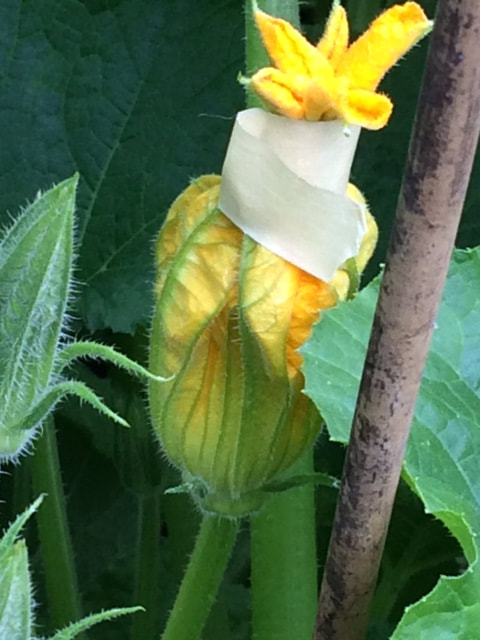
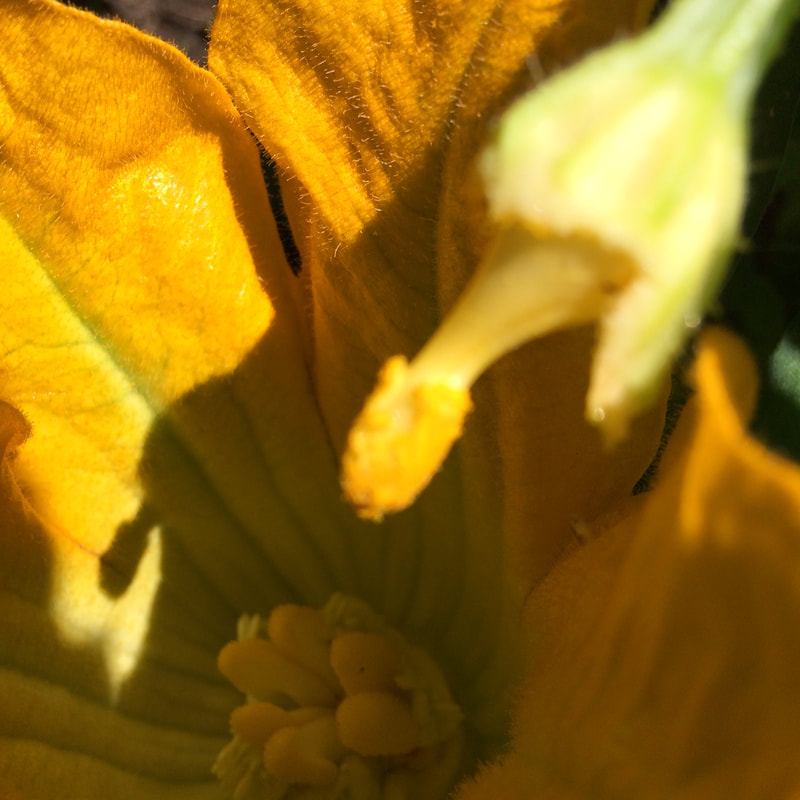
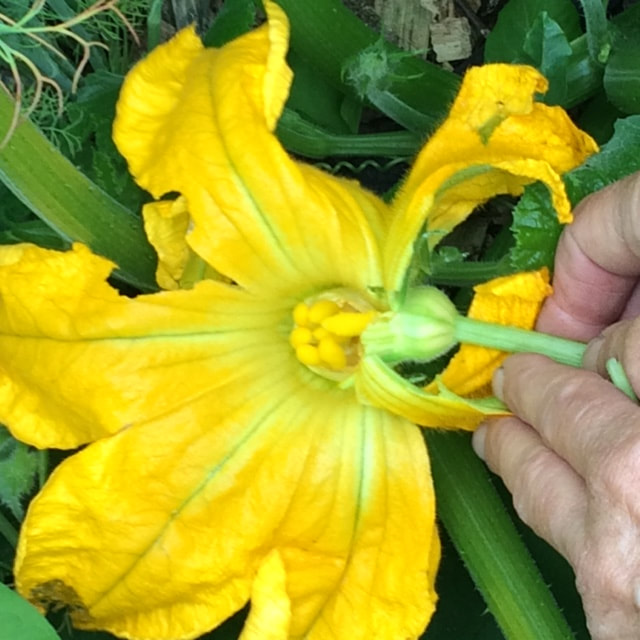
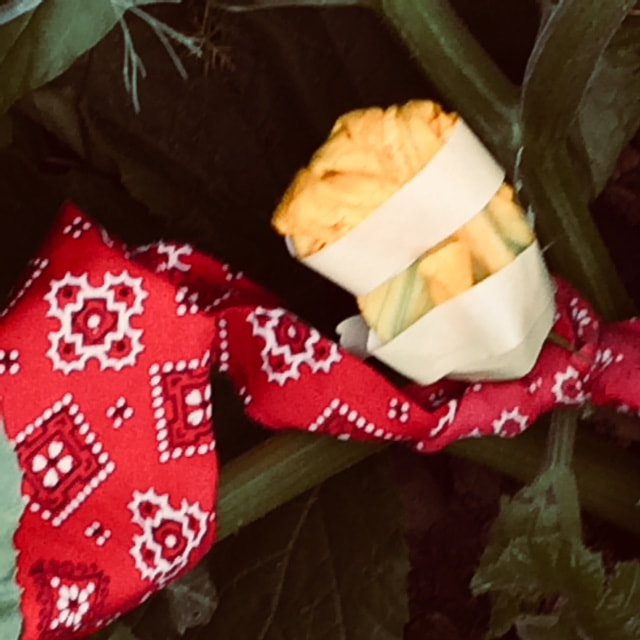
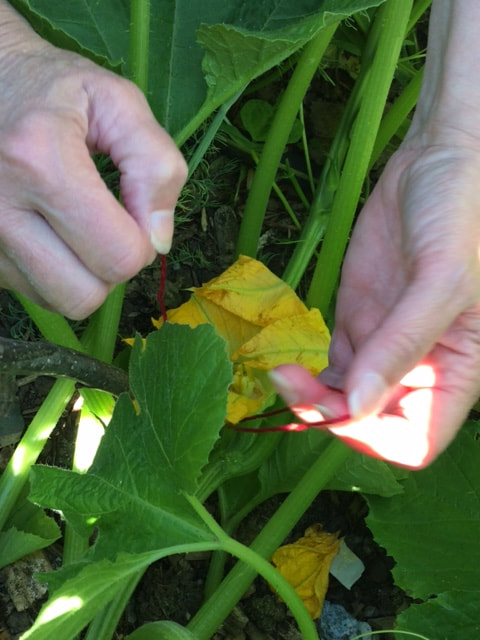
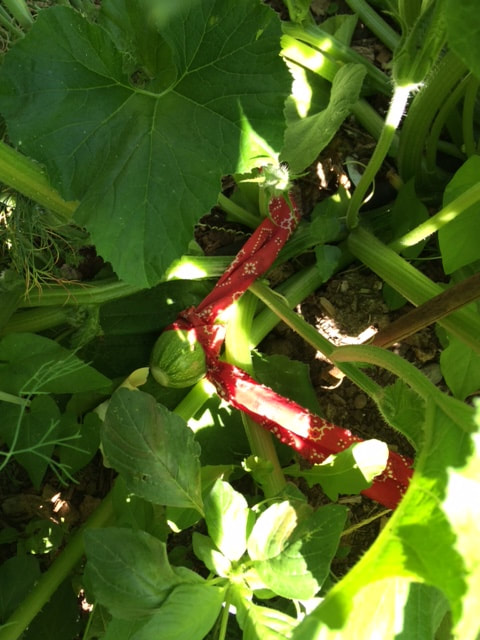
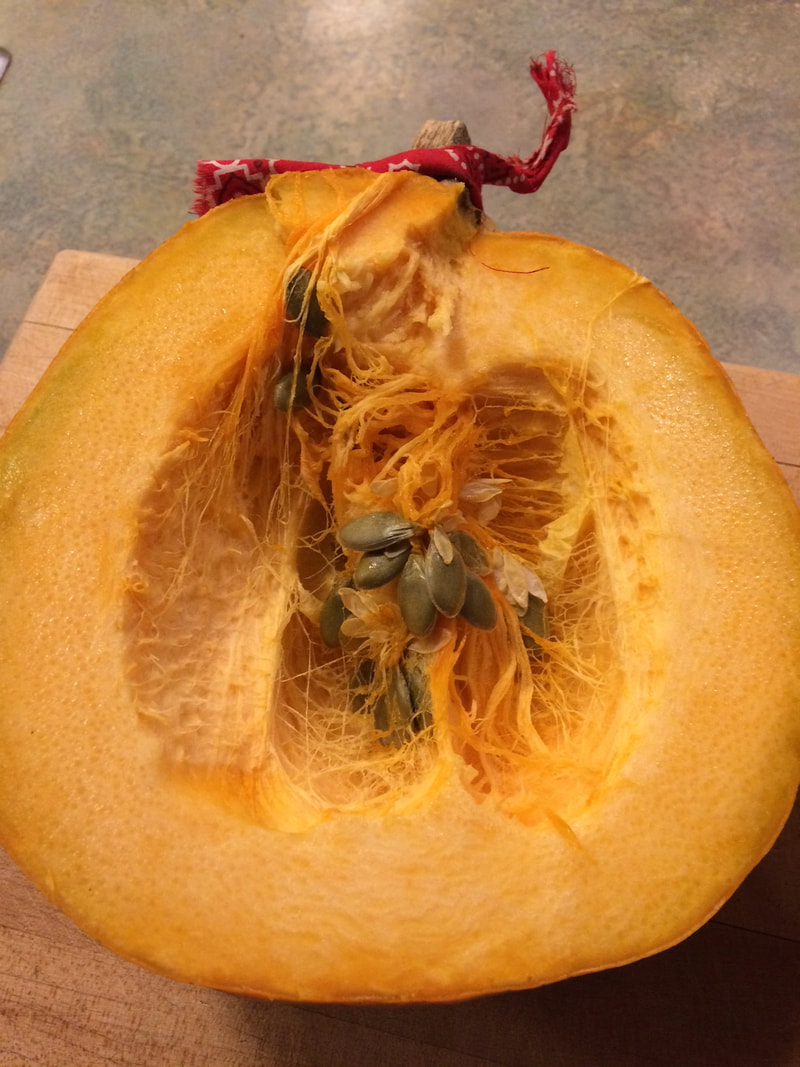
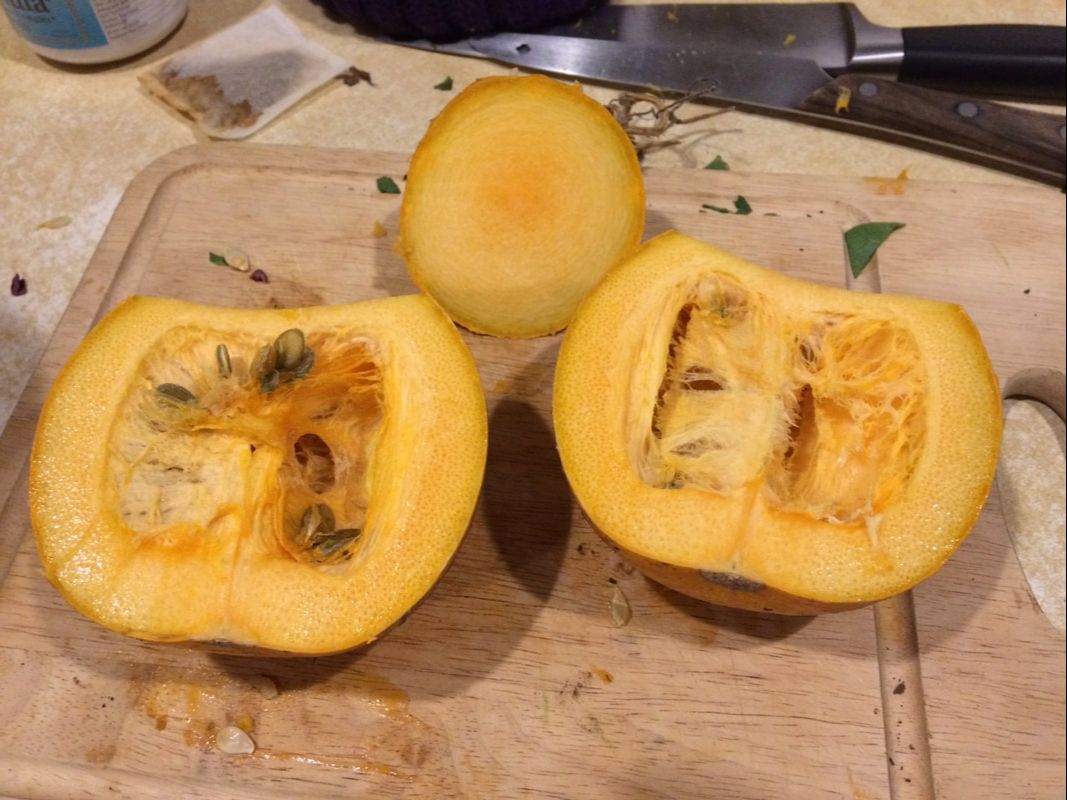
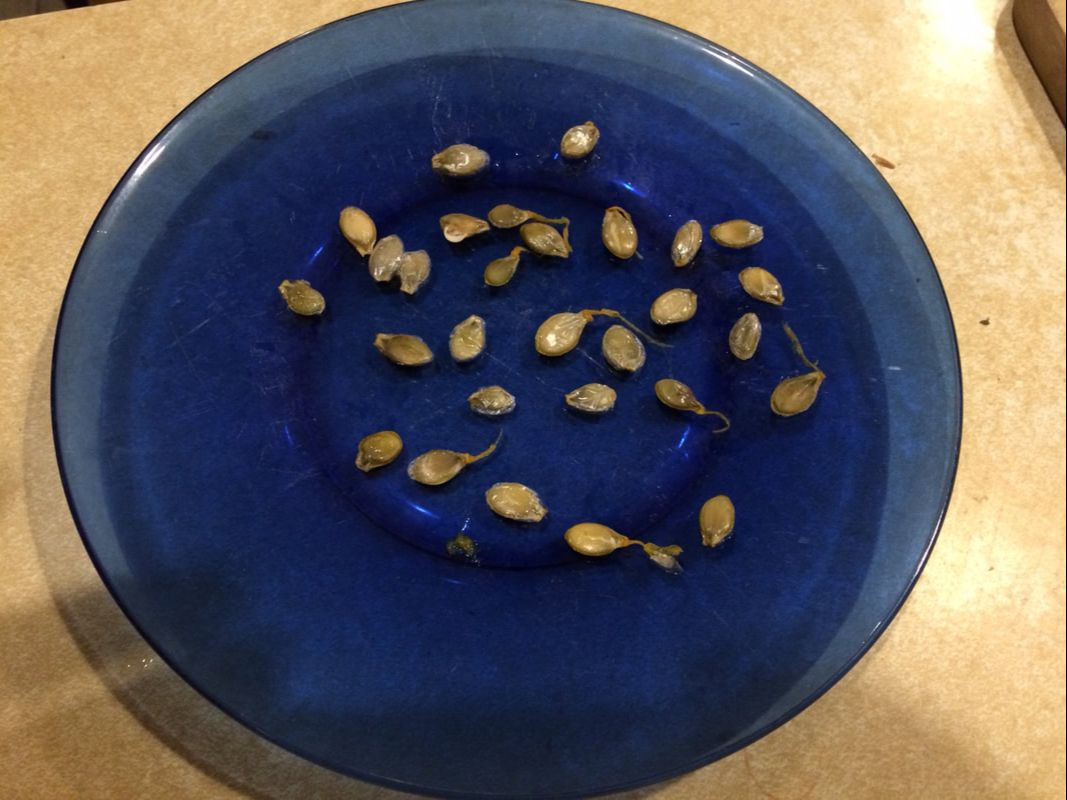
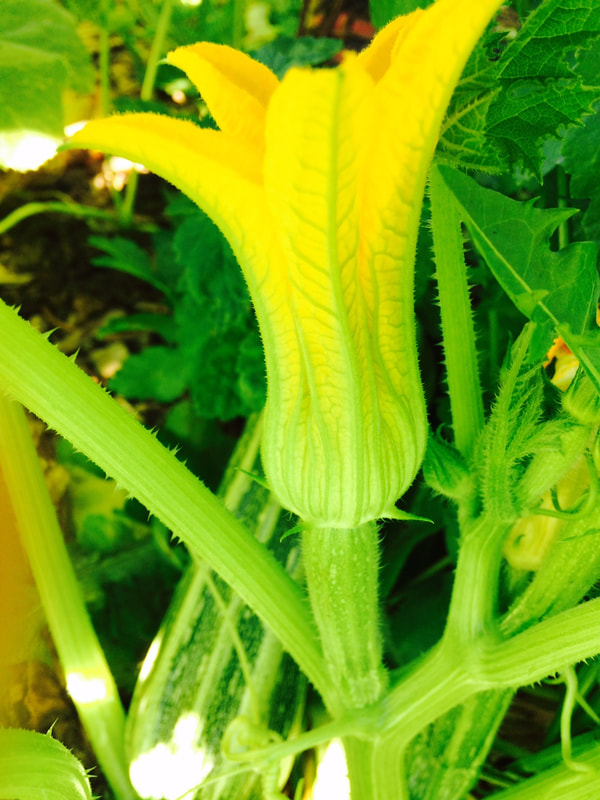
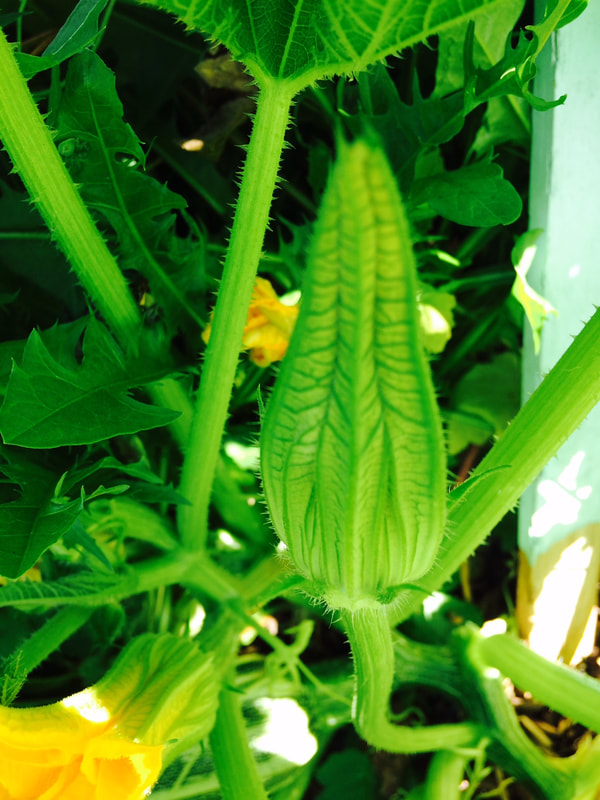
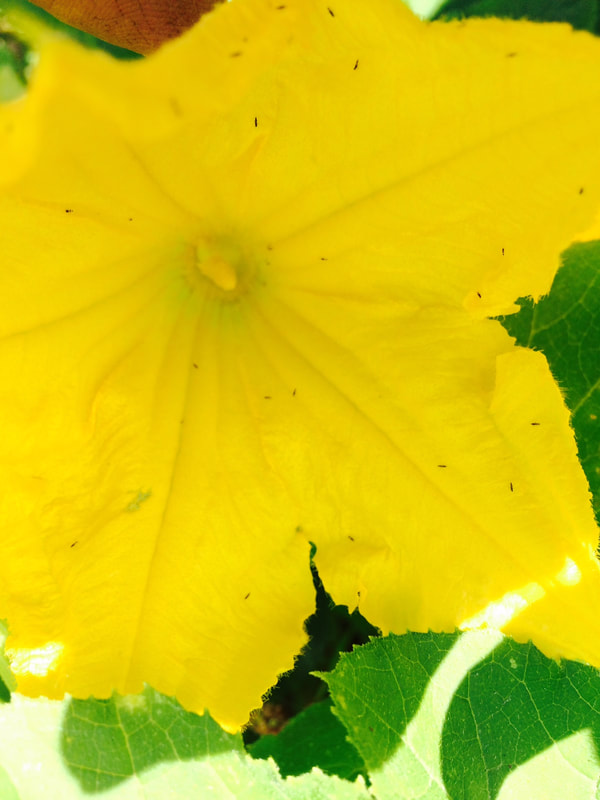
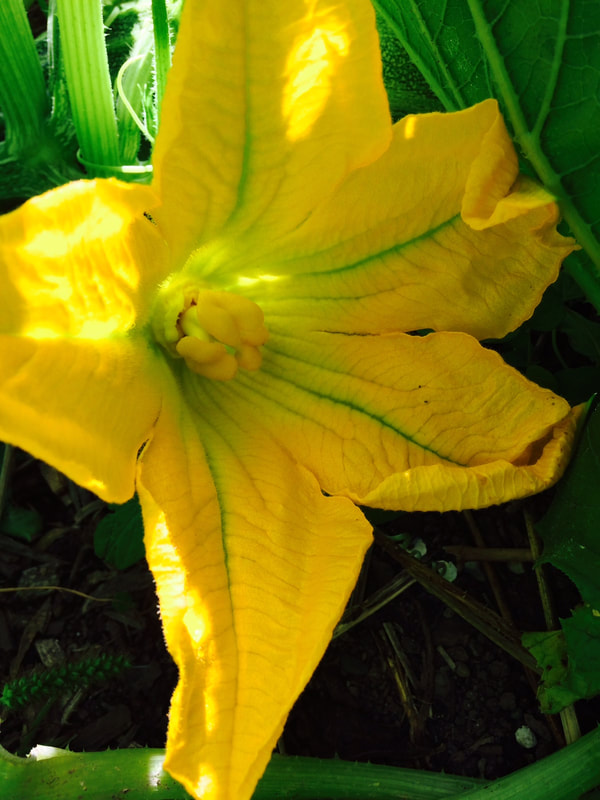
 RSS Feed
RSS Feed